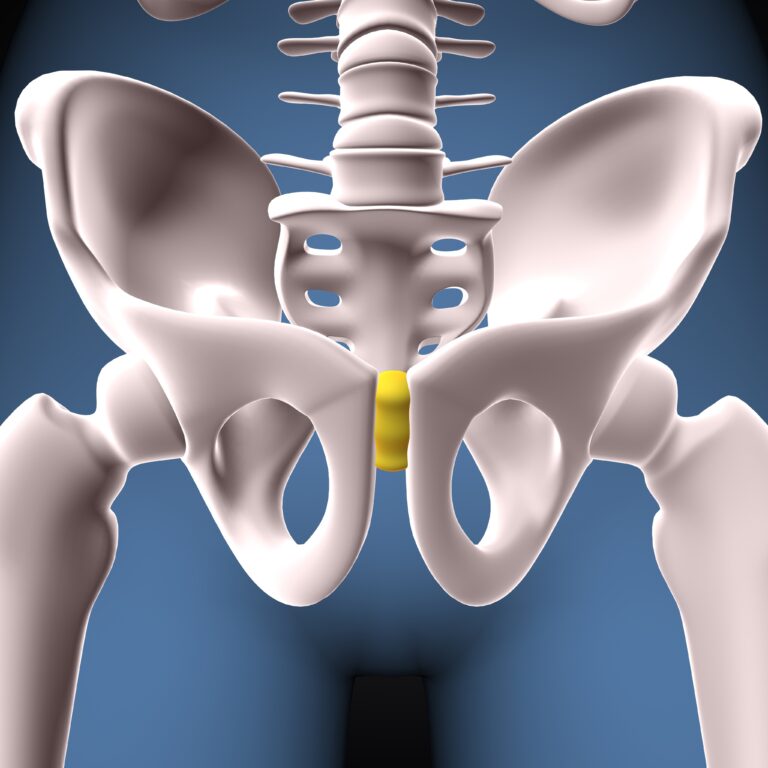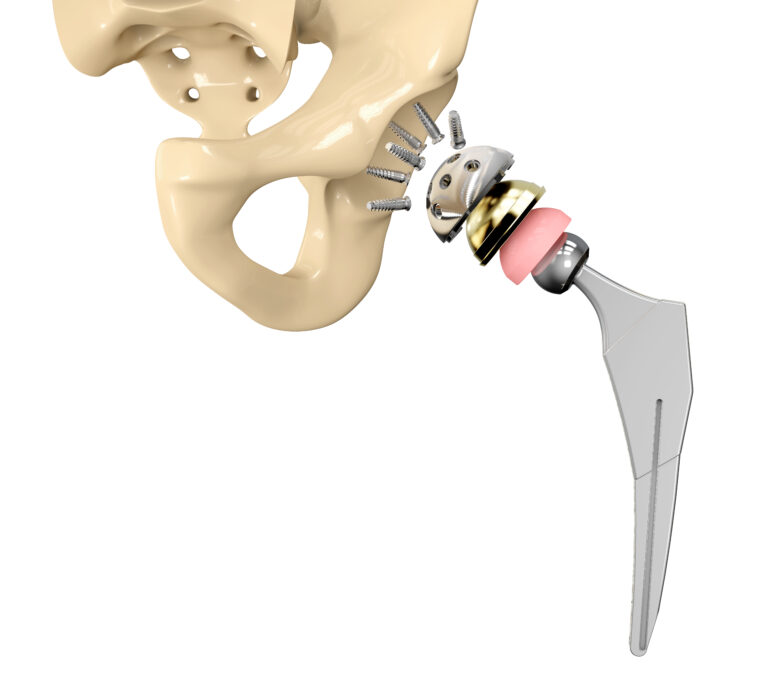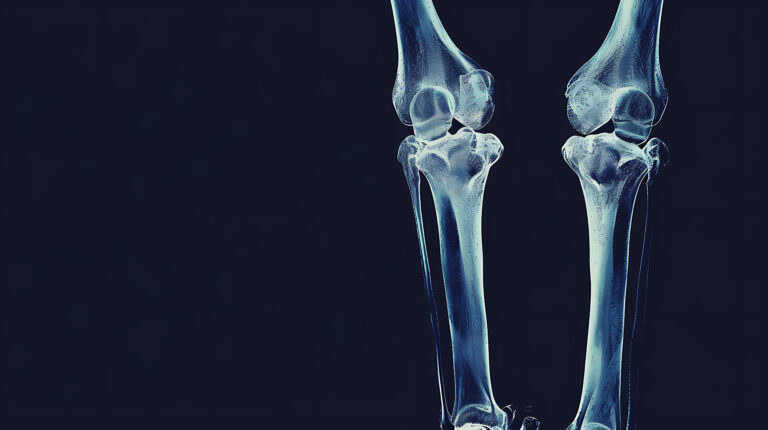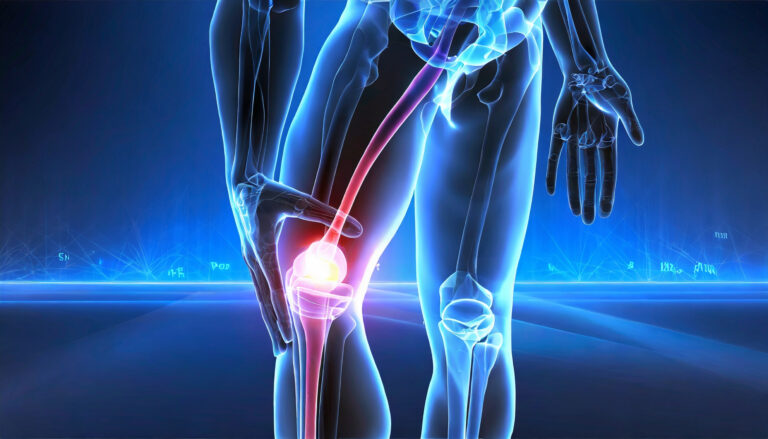Childhood is typically linked in the field of pediatrics to limitless energy, playfulness, and the spirit of growth and development. Nevertheless, if a youngster continues to have painful or swollen joints, it may be a reason for concern. These symptoms can indicate something considerably more serious and profound than “growing pains”—Juvenile Idiopathic Arthritis (JIA), a disease that mostly affects children and adolescents. In order to increase awareness of juvenile idiopathic arthritis (JIA), provide parents, caregivers, and medical professionals with the knowledge they need to recognize the disease’s symptoms, and direct them toward early detection and intervention, we go deeper into the issue of swollen or painful joints in minors in this blog. Let’s begin with the fundamentals.
Young Idiopathic Arthritis: What is It?
The chronic autoimmune disease known as juvenile idiopathic arthritis (JIA) mainly affects children and teenagers. By definition, this syndrome is marked by a childhood beginning, usually occurring before the age of sixteen. In contrast to adult forms of arthritis, joint inflammation (JIA) is characterized by ongoing inflammation in one or more joints, frequently accompanied with pain, edema, and stiffness.
The causes of juvenile idiopathic arthritis and its risk factors
As the term implies, the ailment known as juvenile idiopathic arthritis has a “idiopathic” or unidentified cause. But a number of things could influence how it develops, such as:
- Hereditary factors: Certain children may be more prone to the illness due to a hereditary predisposition.
- Immune system dysregulation: Because JIA is classified as an autoimmune illness, healthy tissues, including the joints, are wrongly attacked by the immune system.
- Environmental triggers: Although the precise causes of environmental triggers are yet unknown, a number of environmental events, including stress, chemicals, and infections, may contribute to or exacerbate JIA in people who are genetically predisposed to the condition.
- Hormonal factors: Changes in hormones brought on by puberty may have an impact on the development or intensity of JIA. Certain forms of JIA, like polyarticular JIA, are more prevalent in females and frequently manifest around puberty.
Even though the precise origins of JIA are yet unknown, children who are impacted by the disorder need to have early diagnosis and adequate medical care.
How Can I Instantly Stop Leg Cramps?
JIA can have long-term consequences and a variety of potential issues if it is not treated or is not managed well, which might affect the child’s general health and quality of life. The following are possible JIA side effects and long-term consequences:
- Growth impairment: If a child has joint inflammation involving growth plates (epiphyses), this may have an impact on their growth. Leg length disparities may result from the damaged limb’s slower rate of growth.
- Functional impairment: As JIA progresses, a child may experience functional restrictions that make it challenging for them to carry out daily tasks, play sports, or participate in social and recreational activities.
- Eye inflammation: One of the most frequent extra-articular symptoms of JIA is uveitis, or inflammation of the eyes. It can cause major eye issues, including vision loss, if left untreated.
- Cardiovascular risks: Prolonged inflammation in people with JIA may raise their later-life risk of cardiovascular problems, including atherosclerosis.
- Psychosocial impact: A child may experience emotional and psychological impacts from having a chronic illness such as JIA. Stress, worry, despair, and a feeling of social isolation are possible outcomes.
Disclaimer: The information provided in this blog post is for general informational purposes only and should not be considered professional advice. Before making any health-related decisions, consult with a qualified healthcare professional. The content is not a substitute for medical advice, and individual results may vary. The author and website are not responsible for any consequences arising from the use of the information provided. Use your best judgment and seek professional advice when needed.




